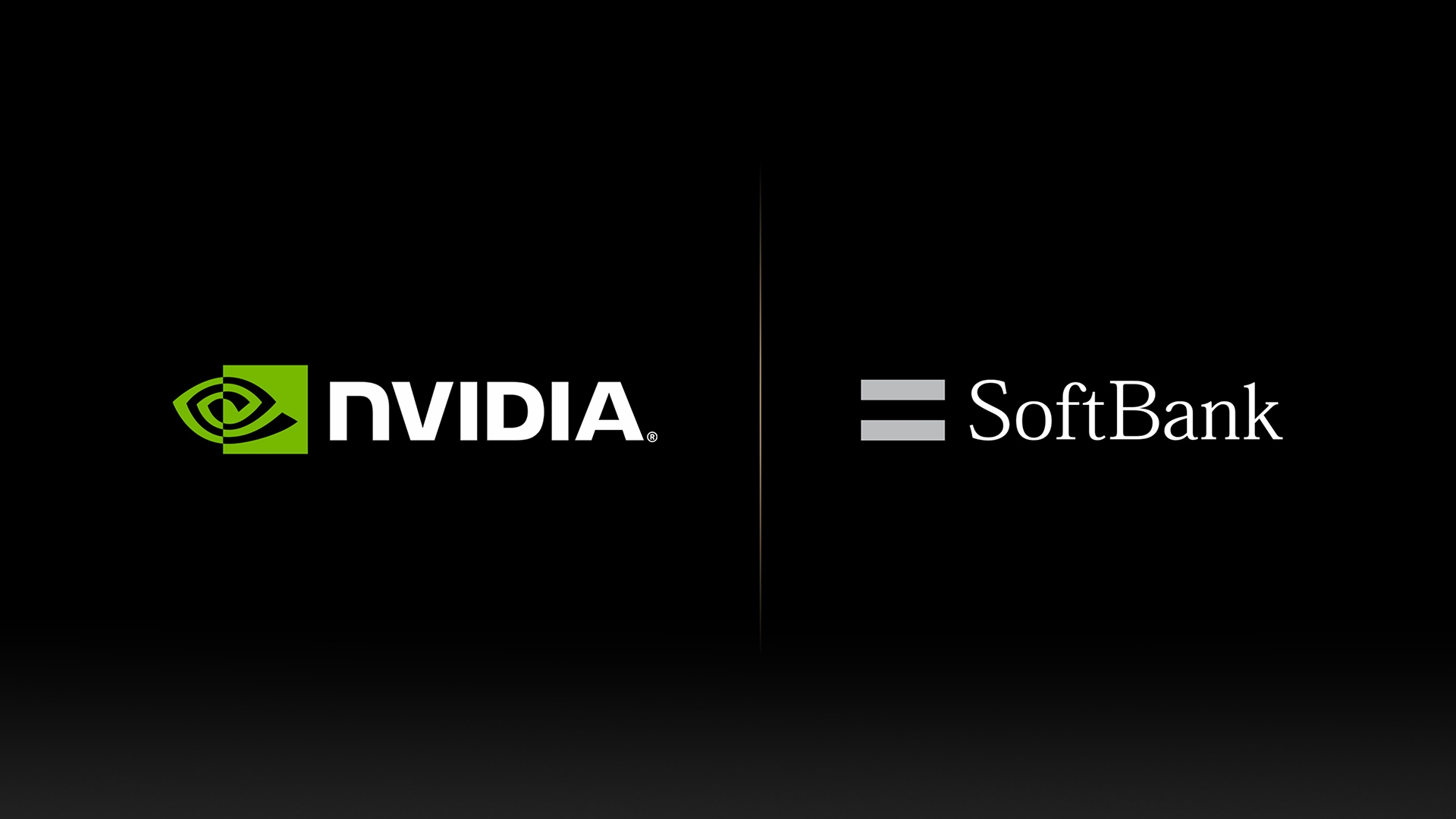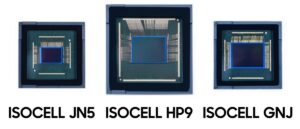Introduction
In the world of high-stakes investments, timing is everything. Few stories illustrate this better than SoftBank’s sale of its stake in NVIDIA (NASDAQ: NVDA). In 2019, SoftBank cashed out its 4.9% stake in the semiconductor giant, pocketing a substantial profit of $3.3 billion. However, fast forward to today, and that same stake would be worth over $160 billion. This dramatic shift highlights the unpredictable nature of the tech market and serves as a poignant reminder of the challenges investors face in timing their exits.
The Initial Investment
Its Vision Fund, the world’s largest tech-focused venture capital fund, has made headlines for its significant investments in various tech companies. One notable investment was in NVIDIA, a leading player in the GPU market. NVIDIA has seen explosive growth due to the rising demand for gaming, AI, and data center applications.
SoftBank’s initial investment in NVIDIA was a strategic move. It aligned with SoftBank’s vision of a future driven by AI and advanced computing. NVIDIA’s GPUs are crucial for AI development, providing the computational power needed for machine learning and data processing. This made NVIDIA an attractive addition to SoftBank’s portfolio.
The Sale in 2019
In early 2019, SoftBank decided to sell its entire 4.9% stake in NVIDIA. This decision was influenced by several factors, including market volatility and the need to raise capital for other investments and operational needs. At the time of the sale, NVIDIA’s stock was under pressure due to a slowdown in the cryptocurrency mining boom, which had significantly driven GPU sales. Additionally, the broader tech market faced uncertainties, leading to a cautious approach by many investors.
SoftBank’s sale netted a $3.3 billion profit, which, by any standard, was a substantial return on investment. The sale was seen as a savvy move to lock in gains and reallocate resources to other promising ventures within the Vision Fund’s extensive portfolio.

Image Credits: Google Finance
Read More: 7 Exciting Technology Products From CES 2024 – techovedas
The Unseen Future
What SoftBank couldn’t predict was the extraordinary growth NVIDIA would experience in the subsequent years. NVIDIA’s stock price surged as the company continued to innovate and expand its reach beyond traditional GPU markets. The advent of new technologies and applications, such as AI, machine learning, autonomous vehicles, and advanced data analytics, fueled demand for NVIDIA’s products.
Moreover, the COVID-19 pandemic accelerated digital transformation across industries, increasing the need for high-performance computing solutions. NVIDIA’s GPUs became essential for powering remote work, online education, and entertainment, further boosting the company’s market value.
By 2024, NVIDIA had firmly established itself as a trillion-dollar company, with its stock price reflecting the enormous potential and success of its business model. The 4.9% stake that SoftBank sold for $3.3 billion in 2019 would now be valued at over $160 billion, representing a staggering 48-fold increase.
Lessons for Investors
The story of SoftBank and NVIDIA offers several important lessons for investors:
- Market Timing is Challenging: Predicting market movements and the future success of companies, especially in the fast-evolving tech sector, is incredibly difficult. Even seasoned investors like SoftBank can miss out on massive gains.
- Long-Term Vision: Investing with a long-term perspective can sometimes yield extraordinary returns. NVIDIA’s continued growth underscores the potential rewards of holding onto investments in high-potential companies.
- Diversification: While SoftBank missed out on NVIDIA’s explosive growth, its diversified portfolio in the Vision Fund means it still has opportunities to capitalize on other successful ventures. Diversification can mitigate the risks associated with individual investment decisions.
- Adaptability: The tech market is dynamic, with rapid changes in trends and technologies. Investors must remain adaptable and continuously reassess their strategies to align with the evolving landscape.
Conclusion
SoftBank’s sale of its NVIDIA stake is a poignant reminder of the complexities of investment decisions. While the $3.3 billion profit was impressive, missing out on a potential $160 billion valuation showcases the unpredictable nature of the stock market. As the tech industry evolves, such stories underscore the significance of strategic thinking, patience, and adaptability in investment practices. Investors and market watchers will remember SoftBank’s NVIDIA investment as a classic example of a missed opportunity with lasting lessons.








